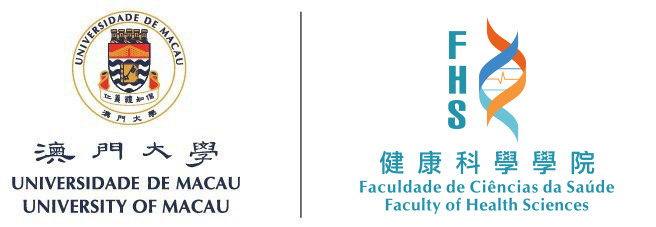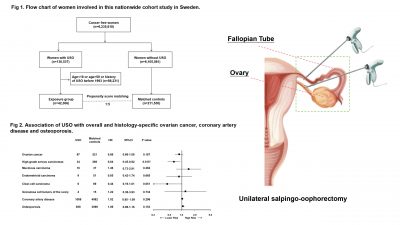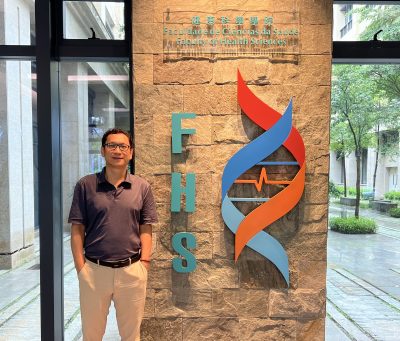An international research team co-led by Professor Jianguang JI from the Faculty of Health Sciences (FHS), University of Macau (UM), together with Associate Professor Huan YI from Fujian Maternity and Child Health Hospital, Fujian Medical University and Professors Jan SUNDQUIST and Kristina SUNDQUIST from Lund University, Sweden, has discovered that opportunistic unilateral salpingo-oophorectomy (USO) significantly reduces the risk of high-grade serous ovarian cancer (HGSOC) without increasing long-term complication risks.
Despite widespread advocacy for early detection, approximately 70% of ovarian cancers are diagnosed at advanced stages due to the lack of effective early screening methods, and incidence rates remain high. Current clinical guidelines recommend BSO for high-risk individuals. However, studies report that BSO in premenopausal women leads to abrupt declines in estrogen, progesterone, and androgen levels, potentially triggering premature menopause symptoms and adversely impacting coronary artery disease and bone health.
This large-scale registry-based study utilising Sweden’s nationwide clinical data from 1993 to 2018 revealed that premenopausal women under 50 years undergoing opportunistic USO experienced a 36% reduction in HGSOC risk during long-term follow-up. Crucially, by preserving endocrine function, the procedure did not increase the risk of coronary heart disease (CHD) or osteoporosis. This breakthrough evidence positions opportunistic USO as a viable alternative to bilateral salpingo-oophorectomy (BSO) or risk-reducing salpingectomy for lowering ovarian cancer risk, offering premenopausal women at high risk of ovarian cancer a surgical option that preserves hormonal function. The landmark findings have been published in the prestigious multidisciplinary journal PLOS Medicine.
According to Prof Ji, addressing the critical trade-off between cancer risk reduction and endocrine preservation in premenopausal women, this research demonstrates the significant role of USO in mitigating ovarian cancer risk. Importantly, it circumvents the detrimental effects of traditional BSO on cardiovascular and skeletal health, offering an optimized strategy to balance cancer prevention with long-term quality of life. This study provides high-level evidence to inform clinical guidelines for managing high-risk ovarian cancer populations.
Huan YI and Jianguang JI are the co-first author and the corresponding author respectively. The research was supported by the Fujian Medical University Fund for Women and Children’s Hospital (File no.: 2021Y9180) and UM (File no.: UMDF-TISF/2025/001/FHS). The full version of the research article is available at: https://pmc.ncbi.nlm.nih.gov/articles/PMC12233271/.



